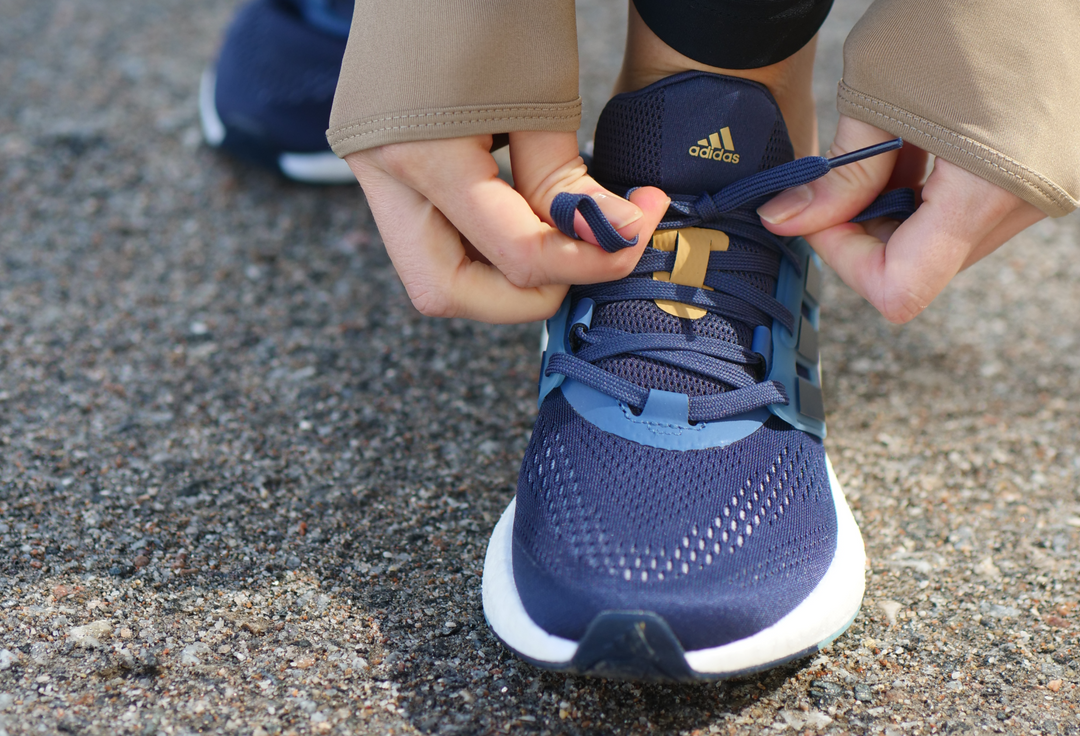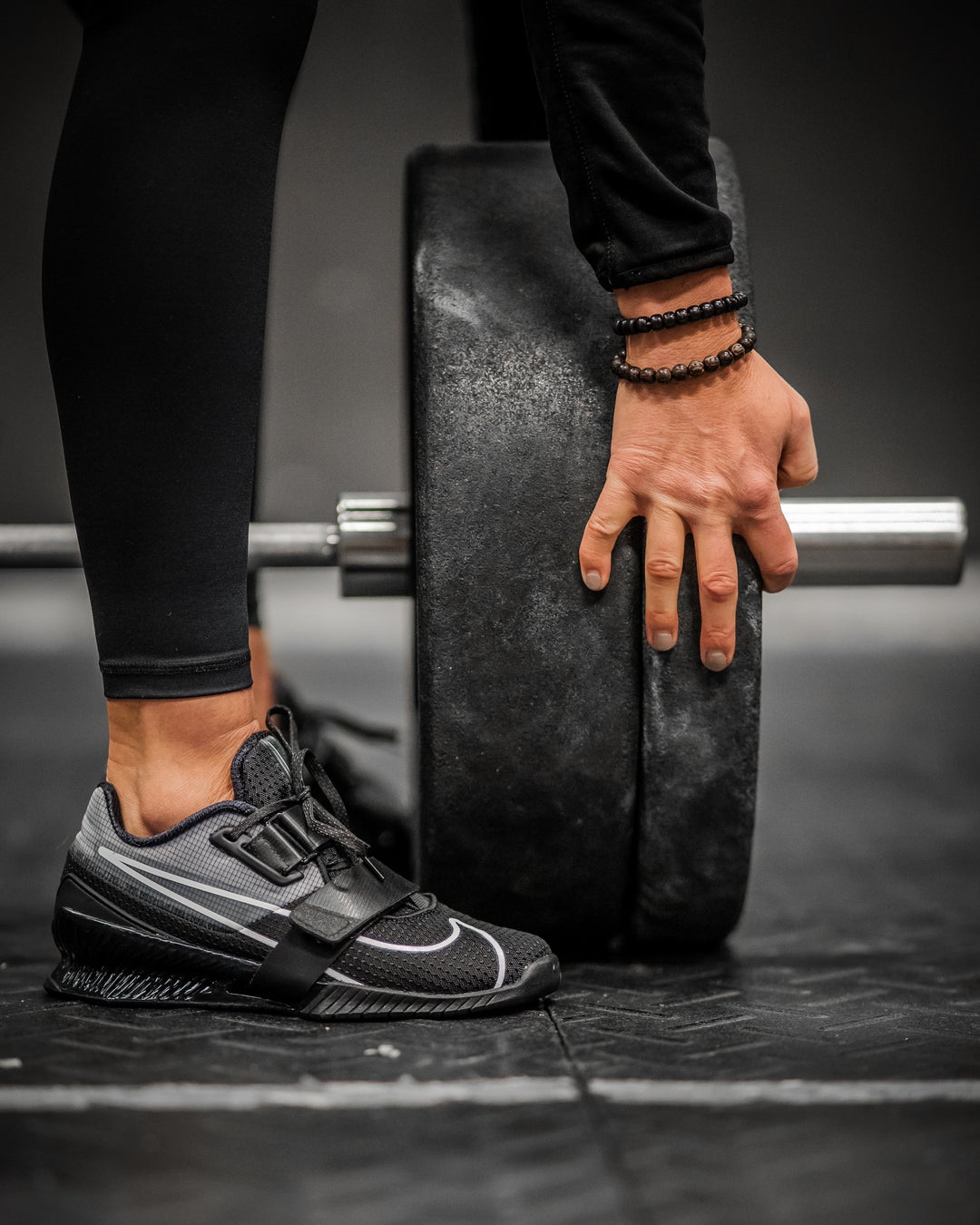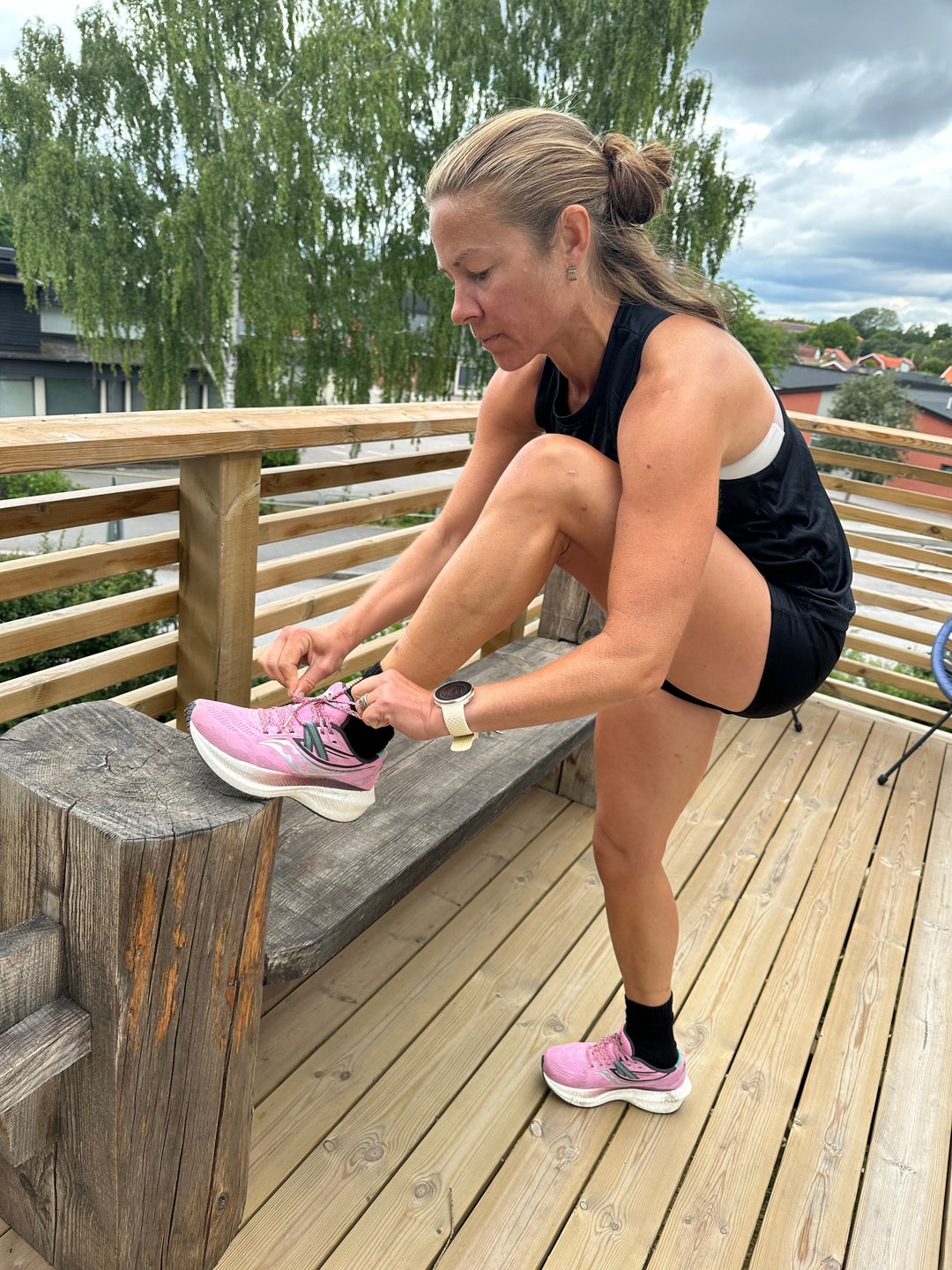How to run at night successfully
Dark evenings are no barrier to running. Experience the magical feeling that can only come from running with a headlamp in the forest! Here are top tips from the expert.
Lina Strand is a national team orienteer with a World Cup gold medal to her credit. She runs outdoors all year round and running with a headlamp in the forest is an important part of her training during the winter months. Darkness, rain, wind and snow are things that just have to be defeatedras along the way - use a headlamp!
- It can feel a bit heavy to go out when it's cold and dark, but once I'm out there in the forest it's amazing. I get into a little bubble, I'm all alone in my own headlamp light and it's completely silent around me. It's a cool feeling that I don't get anywhere else," says Lina Strand, who is also a 2XU ambassador.
As an orienteer, Lina Strand has accumulated many hours of training in the winter darkness. She knows the best way to get started with your headlamp training. The first step is to buy the right type of headlamp.
- Try to find a lamp that sits comfortably on your head. Don't be afraid to spend some extra money on your lamp, it's a good investment and it makes a big difference with extra light in the forest. You want a light that is strong enough that you never feel limited as a runner.
Once the headlamp is purchased, the next step is to start using it. Lina Strand recommends that beginners make their debut on unlit dirt roads.
- This is a comfortable way to get used to the beam of light from the headlamp. Once you feel comfortable with it, you can then move on to more difficult surfaces. First on larger trails, then smaller trails and then out into completely unexplored terrain.
If you have a good headlamp and can run in the dark without straining yourself, there shouldn't be much difference in terms of running compared to running in daylight - but there are still a few things to consider.
- It is important to keep your eyes up, not to stare down at your feet. By keeping your eyes high and far ahead, you can enjoy your run more, and you won't stumble. The brain registers what is happening further ahead on the path and is prepared for it. On the contrary, it tends to work less well if your eyes are fixed exactly where you put your feet.
Another tip is not to make things difficult. Don't worry too much about adapting your running technique just because it's dark.
- Changing too much of your usual running stride can lead to bias and that's not good. It's better to just keep running and enjoy the magical atmosphere that can only be created by the light of a headlamp!
 Elite orienteer Lina Strand runs outdoors all year round, you should too! Photo: IBL
Elite orienteer Lina Strand runs outdoors all year round, you should too! Photo: IBL
READ MORE: How to dress for fall and winter running







